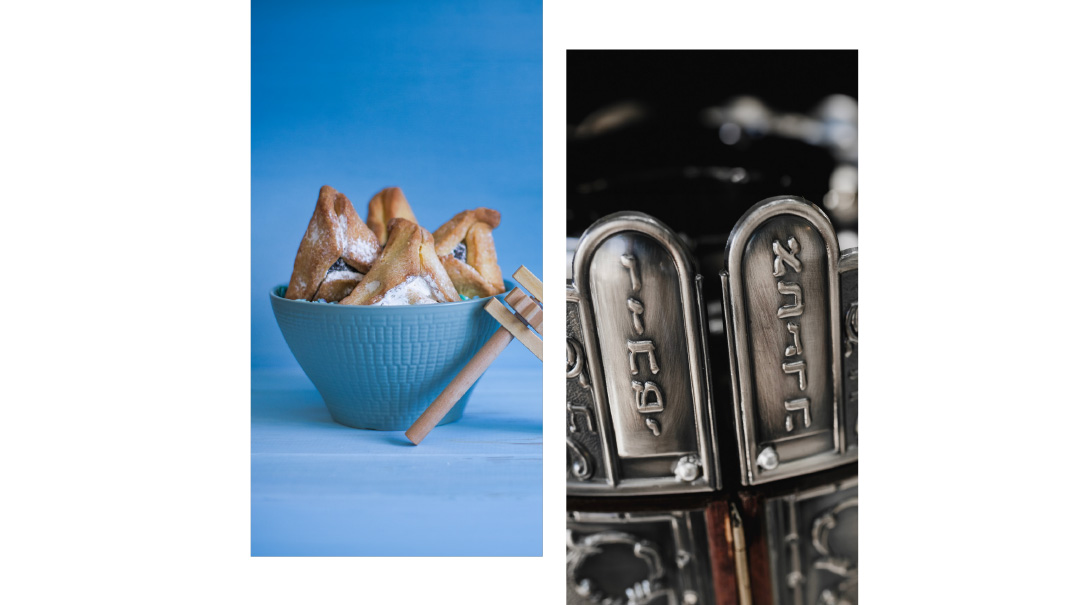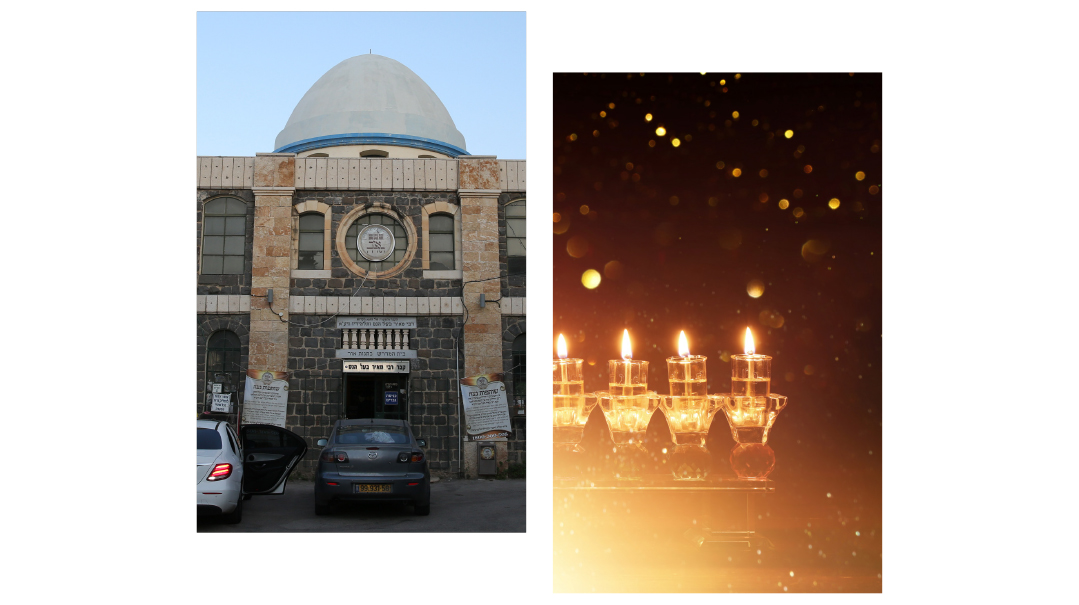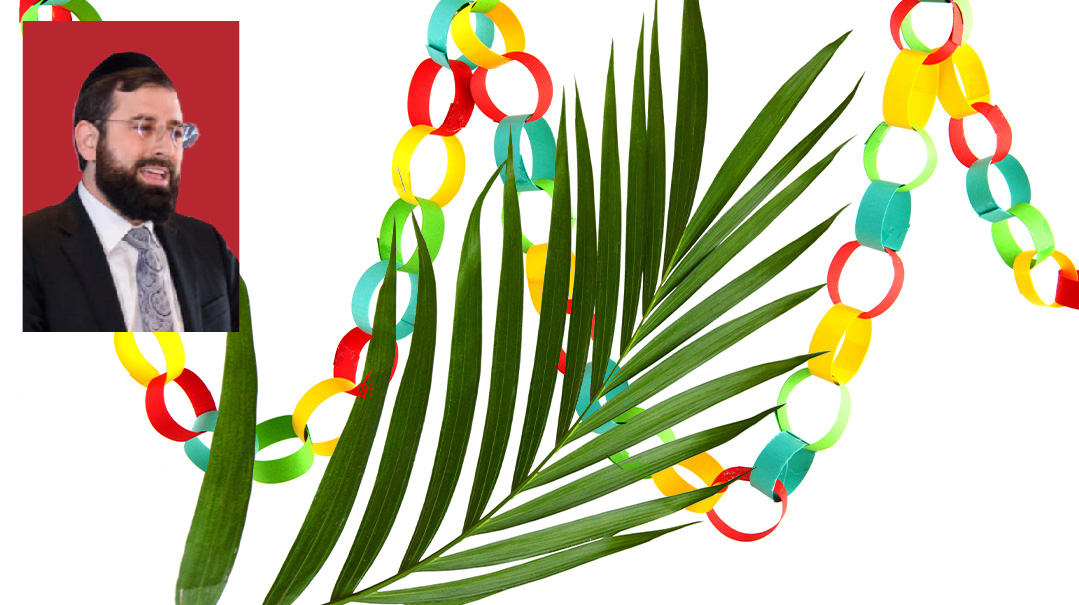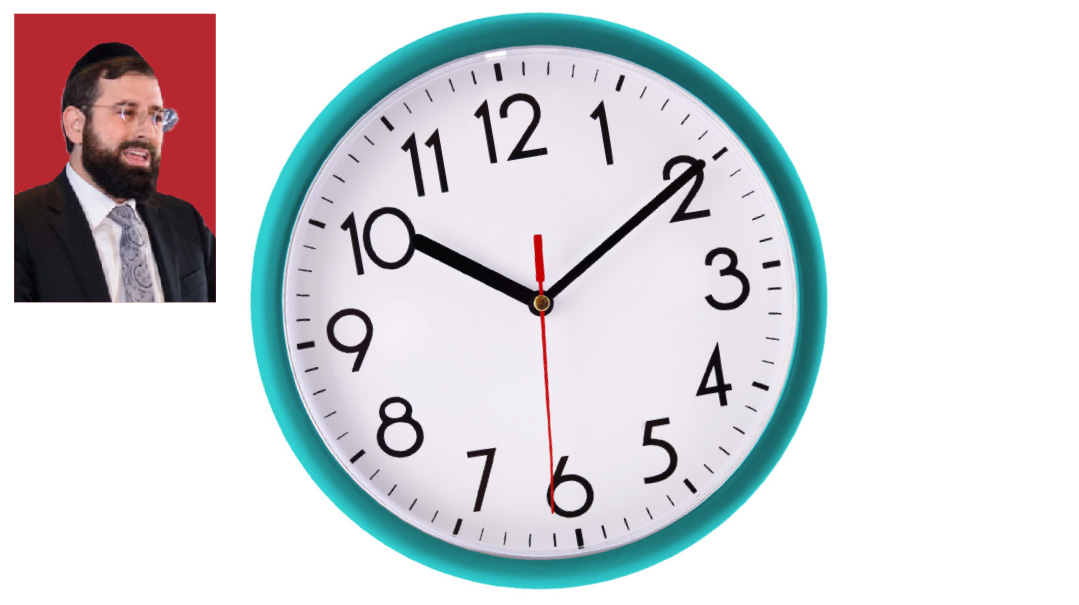The Strive for Five
| April 16, 2024Curiously, for each of these sets of four, there seems to be a hidden fifth component
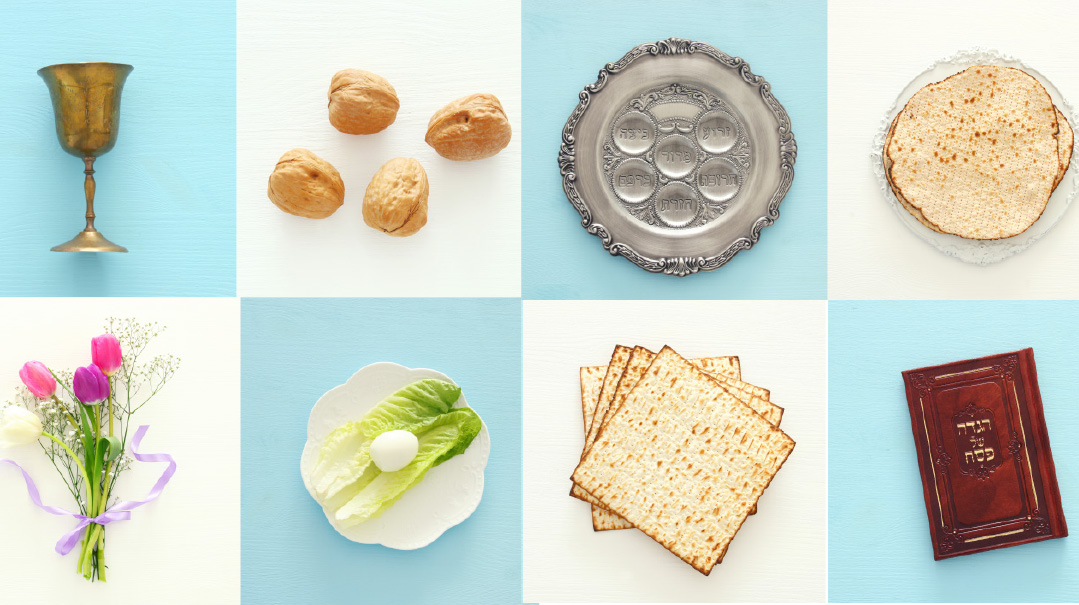
The number four features prominently in the Haggadah: There are four cups of wine, four questions, four sons, and four leshonos of geulah. But curiously, for each of these sets of four, there seems to be a hidden fifth component. In his Haggadah, released in 2023, Rabbi Daniel Glatstein uncovers the mystery of the “missing fifth.”
1
In the early versions of the Gemara (Pesachim 118a), there was a text that read “Rabi Tarfon omer, al hachamishi omer Hallel Hagadol — Rabi Tarfon says, ‘On the fifth [cup of wine] we say Hallel Hagadol.”
The Rishonim are baffled by this line. Fifth cup? There are only four cups! The Rishonim diverge on how to address this problem. Rashi and the Rashbam amend the girsa to read “fourth cup” instead of “fifth cup.” The Rambam and the Raavad, however, maintain the original text. In their view, there is, in fact, a “fifth cup.”
According to the Rambam, this cup is discretionary; according to the Raavad, it is a mitzvah, but not obligatory. In terms of practical halachah, we pour a cup of wine in deference to the Rambam and the Raavad; however, we do not drink it, as per the opinion of Rashi and the Rashbam. We call this cup the “Kos shel Eliyahu.” This is because when Mashiach comes, Eliyahu Hanavi will answer all questions and resolve all difficulties.
2
The idea of a “fifth cup” sparks a question. The Yerushalmi teaches that the four cups of wine correspond with the four leshonos of geulah: v’hotzeisi, v’hitzalti, v’gaalti, v’lakachti. If there is a fifth cup, which lashon would it correspond to? The answer is that there is actually a fifth lashon as well: “v’heiveisi es’chem mitachas sivlos Mitzrayim — and I will bring you from under the burdens of Mitzrayim.” The fifth cup corresponds with the fifth lashon.
3
The Mah Nishtanah consists of four questions. But here, too, there is a missing fifth. When the Mishnah in Pesachim teaches the four questions, it includes one that we do not have. “For on all other nights, we eat roasted meat and cooked meat. On this night, we eat only roasted meat.” Since we cannot currently bring the Korban Pesach, we omit this question and substitute it with “For on all other nights, we eat leaning or sitting. On this night, we only lean.” Thus, the four questions that we ask, in addition to the one that we are currently unable to ask, total five.
Another set of “four” that gets little attention is the pesukim of “Arami oveid avi” that we recite at the Seder. If you count, you will see that there are four pesukim in that passage. What’s unusual, though, is that, in parshas Ki Savo, where these pesukim originate from, there is actually a fifth pasuk that reads “Vayevi’einu el hamakom hazeh va’yiten lanu es ha’aretz hazos, eretz zavas chalav u’dvash — and You brought us to this place, and you gave us this Land, a Land that flows with milk and honey.” It would seem that here too there is a “missing fifth.”
4
An additional “missing fifth” is the fifth son. We know that there are four sons: the chacham, the rasha, the tam, and the she’eino yodeia lishol. But the Alshich shares a beautiful insight. Regarding the rasha, we are taught: “hak’heh es shinav — blunt his teeth.” The Alshich sees in this a profound remez. If you subtract the gematria of shinav (366) from that of rasha (570), you will arrive at the number 204 — the gematria of tzaddik. Hence it would seem that this tzaddik is missing from set of sons. We have a chacham, but not a tzaddik. The missing “fifth son” is the tzaddik.
We can explain the idea behind all of these missing fifths with a beautiful insight shared by Rabbi Yisroel Reisman shlita. We are taught that Yitzchak wished to bless Eisav on Pesach. Rabbi Reisman comments that this wasn’t random. Yitzchak recognized that Eisav was a rasha. However, he knew that, through the power of Pesach, he could transform a rasha into a tzaddik — i.e., he could turn him into the fifth son.
Throughout the Seder, we are introduced to sets of four that beckon a fifth. This fifth is something within our reach, but not yet achieved. The fifth cup is the cup whose meaning we will comprehend with the coming of Mashiach; the fifth question will be relevant with the return of the Beis Hamikdash. The fifth lashon — “v’heveisi es’chem” refers to our final return to Eretz Yisrael, as does the fifth pasuk in “Arami oveid avi.” The fifth son is the tzaddik — a status our children have not yet reached, but we daven fervently that they will.
The pasuk in parshas Beshalach says, “va’chamushim alu Bnei Yisrael mei’Eretz Mitzrayim — and Bnei Yisrael left Mitzrayim armed.” The word chamushim seems to relate to the number five (chamesh), and many interpretations make that association. Perhaps, with the above, we can suggest that the pasuk is revealing that the Jews left Mitzrayim with secret fives — those “missing fifths” that will soon be revealed to all.
(Originally featured in Mishpacha, Issue 1008)
Oops! We could not locate your form.


